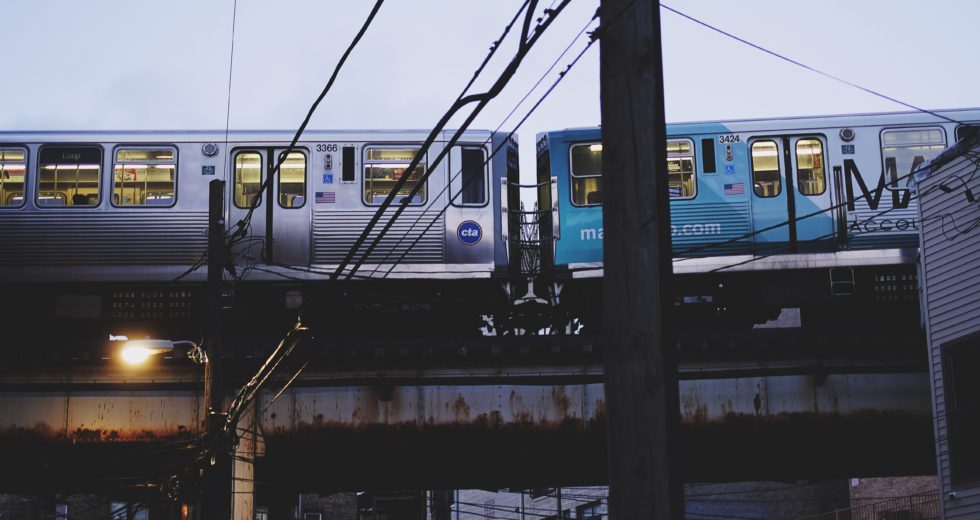Chicago Youth Have Diverse Educational Paths, Many Face Barriers to Success

Many young Chicagoans from public high schools want to attend and graduate from college or other postsecondary programs. But for some, the path to their educational goals isn’t easy. Young people follow a range of paths into and through postsecondary education. Based on their trajectories, we suggest policies and programs–addressing everything from educational readiness to social and emotional health–that could support these young adults.
What we did
To examine the postsecondary educational trajectories of Chicago youth who attend public school, we linked three datasets: the Project on Human Development in Chicago Neighborhoods, the Chicago Public Schools, and The National Student Clearinghouse. These data allowed us to focus on two key aspects of the postsecondary education trajectory: initial college enrollment and persistence to a second year in college.
We also conducted multivariate analyses to determine what individual and contextual factors are associated with enrollment and persistence in postsecondary education.
What we found
We found that urban youth do not follow uniform pathways into or through postsecondary education. They encounter obstacles that affect their advancement, including the following:
- Varying levels of academic preparedness and credentials upon entering postsecondary education
- Different points of initial entry into postsecondary educational institutions
- Different rates of persistence to a second year of postsecondary education
Among CPS graduates, we found that a range of factors—both academic and nonacademic—are negatively associated with initial enrollment in any type of college. Being black, living in a low-income household, and having witnessed extreme violence are associated with statistically significant lower odds of entering a two- or a four-year college, even when we take into account individual and family characteristics.
What it means
There are many routes into and through postsecondary education. In light of these complexities, we highlight several points of intervention that have the potential to foster connections to postsecondary education and improve the likelihood that students will persist. We recommend the following:
- Enhance connections between high school and postsecondary education to better prepare students for postsecondary education success.
- Target student support services in college that address academic, nonacademic, and contextual factors. In particular, some students may require guidance and assistance in emotional and behavioral management in order to persist in college.
- Focus on two-year colleges as a connector to further postsecondary education for students seeking a GED. We need to better understand how to maximize the position of two-year colleges as a connector in the postsecondary education pipeline and how to target their resources to foster continuing engagement for youth more likely to become disconnected.



 Thank you for your interest in Chapin Hall’s research. Please share some information to access this file.
Thank you for your interest in Chapin Hall’s research. Please share some information to access this file.